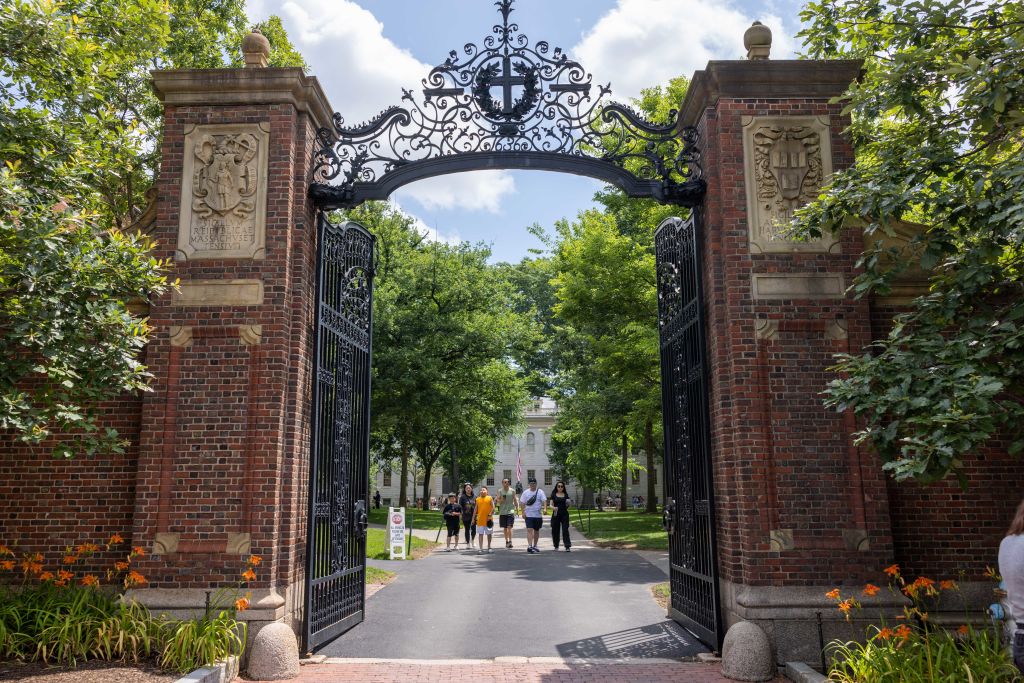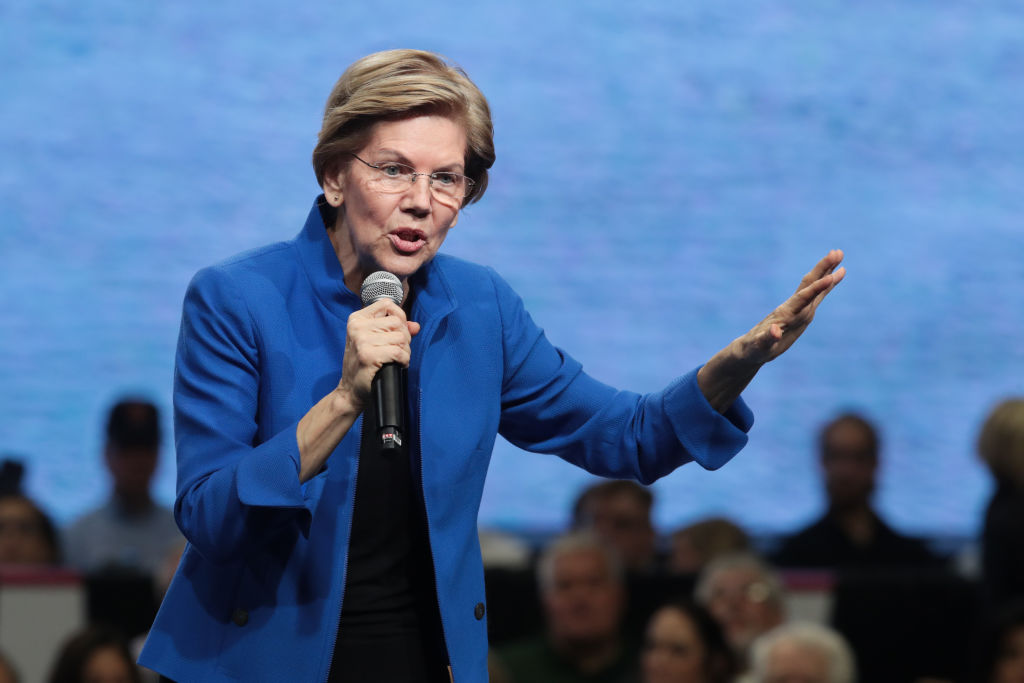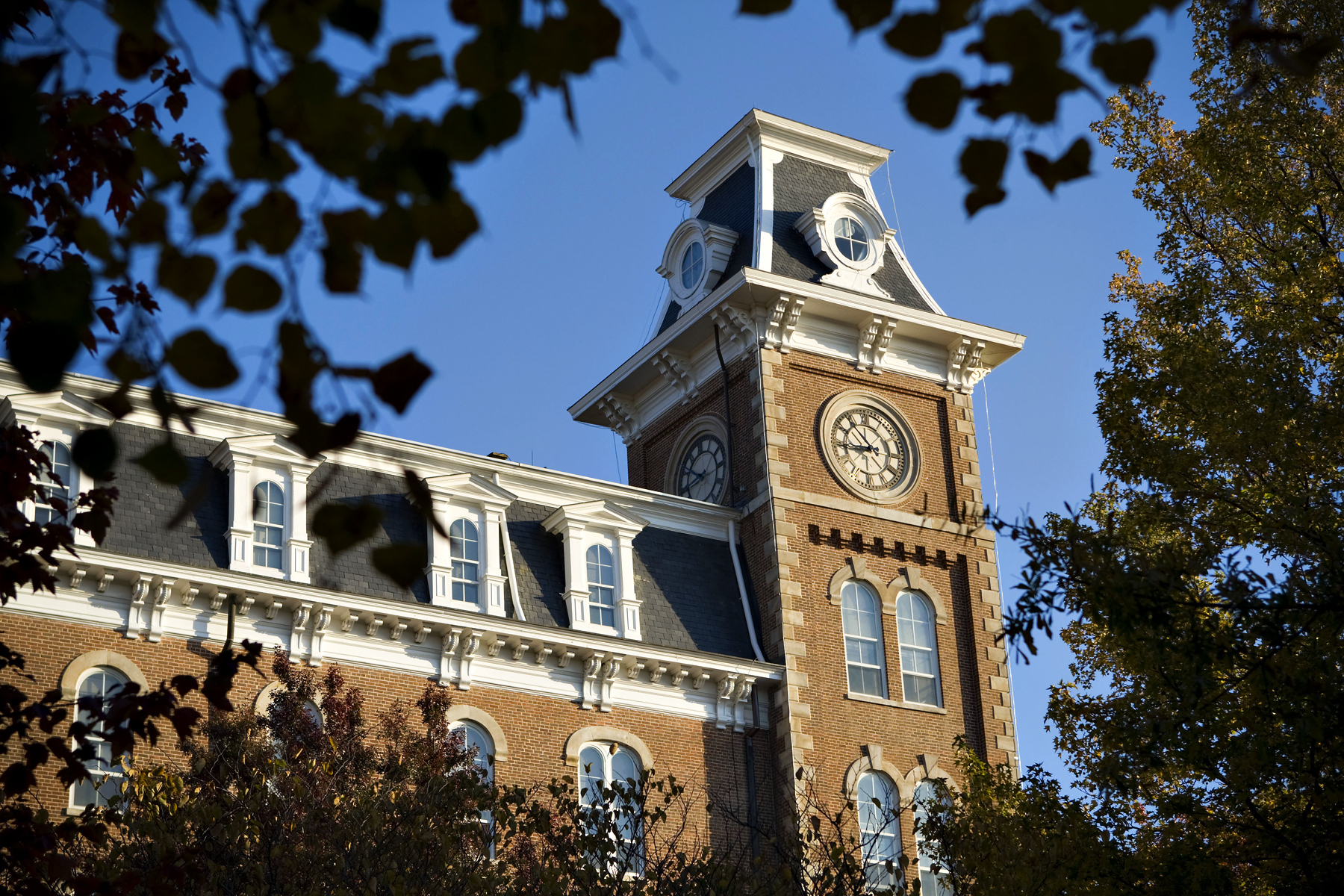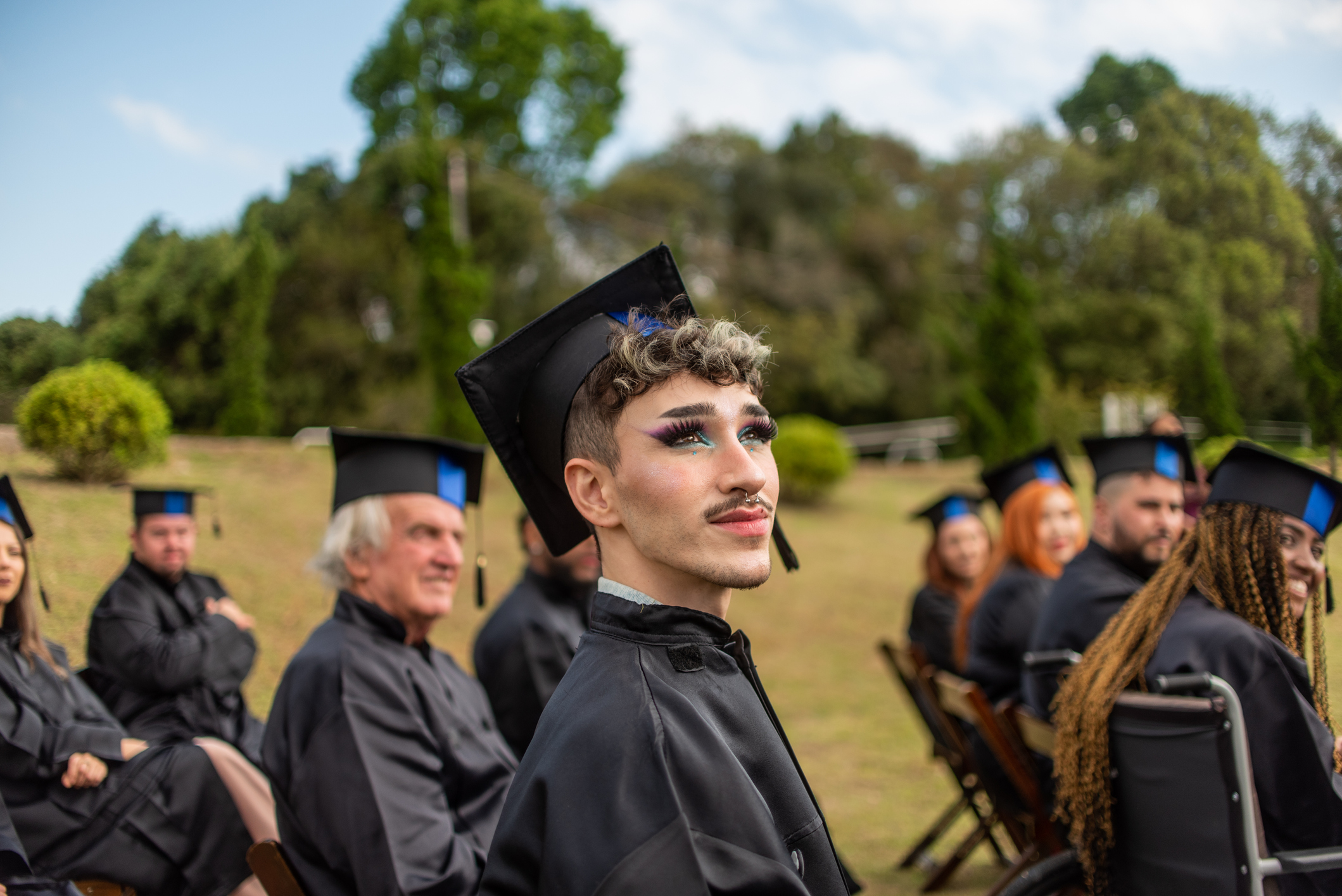The Biden administration is implementing backdoor loan forgiveness.
The Case for Legacies

The injustice collectors pick up another pet indignation.
The injustice collectors who seek to reshape the world in their own image have hit upon a new bête noire: legacy admissions at America’s most prestigious colleges. Legacies are criminally unfair, according to those who see criminal unfairness everywhere except in their own plans to radically upend American society.
But if legacy admissions are a problem, surely they are a tiny problem, and surely it would make sense to worry about something more substantial—perhaps something substantial in the education field, like the wretched public schools most of America’s children are consigned to.
The nation’s most prestigious colleges really don’t take many legacy admittees. Those they do take are often just as sold on the neo-Marxist narrative of the woke Left as their less “privileged” peers. But because these modern aristocrats go to name-brand colleges, they can be made collectively more visible. A good cause has to have a villain, or lots of them, or at the very least, some visible and prominent villains. Legacy admittees check the boxes: they are prominent because they go to prominent colleges.
But why does anyone care? What exactly is the problem?
One writer objects that legacy admissions date back to the 1920s, “when elite colleges, traditionally the domain of wealthy Protestants, became concerned that spots were being taken by Jews and Catholics.” But that can’t be right. What about people who are tenth generation at, say, Harvard? Harvard wasn’t worried about Jews or Catholics 150 years ago. Nor was it worried about raising mega-bucks, the better to build the ugly buildings that despoil the nation’s campuses.
Then why did Harvard admit the sons of graduates? Perhaps it was a way of staying in touch with the recent past. Perhaps the people at Harvard and other institutions like it had a sense, like G. K. Chesterton, that “tradition means giving votes to the most obscure of all classes, our ancestors. It is the democracy of the dead. Tradition refuses to submit to the small and arrogant oligarchy of those who merely happen to be walking about.” Or as Alan Tate has written, “an untraditional society does not permit its members to pass to the next generation what it received from its immediate past.”
By contrast, those who object so strenuously to legacy admissions clearly think college is preparation for getting rich. Suppose we all agreed that the purpose of going to Harvard was to learn Latin and Greek, and then read what the ancients had to say about life. If that were the acknowledged purpose of education today, how much objection would there be to legacy admissions? The real objection is not that legacy admittees might get a better education than their contemporaries at less prestigious colleges. The objection is only that the legacy admittees are occupying slots that would enable a brighter person to make more money than he will make because he has to go to some other institution.
Career advancement is a small and sorry aspiration for an institute of higher learning. But even if that’s what our prestigious universities are now about, some people might still say legacy admissions have no business receiving the benefits of such a résumé boost in a country that claims to aim at purely meritocratic standards. But meritocracy has problems too, as we see in the attitude of the coastal-dwelling meritocrats toward those Americans who live in flyover land, and in the way they’ve run the country: losing wars and piling up debt and fostering massive illegitimacy. The net effect of the attempt to judge all applicants by one set of standards has been to make those standards narrower and more insular.
Besides which, purely meritocratic admission standards are a pipe dream for our best universities, and it probably always will be. A dean of admissions at a prestigious college noted a few years ago that about five percent of the applicants every year were so obviously outstanding that they had to be offered a place, and that another roughly five percent were so obviously unqualified that they should never be offered a place. He said that for the remaining 90 percent a lottery would work as well as the process used now, which calls for immense expenditures of labor directed at trying to distinguish between people who, in fact, really don’t differ much at all.
So, in fact, today’s system is really already a lottery: there are multiple candidates who might have been accepted instead of the ones who were. All Harvard students are already lottery winners, which makes their protestations against legacy admittees (who won a different lottery: being born to a previous generation of Harvard students, and perhaps rich ones at that) hollow.
The public reason for eliminating legacy admissions may be in order to have more diversity in each class. But we know that at Harvard, at least, the diversity claim is a sham. After losing its recent Supreme Court case on racial discrimination, Harvard sent out a notice reaffirming “its commitment to the fundamental principle that deep and transformative teaching, learning, and research depend upon a community comprising people of many backgrounds, perspectives, and lived experiences.” This is balderdash.
Look at the faculty. According to Harvard’s student newspaper, The Harvard Crimson, in the 2020 presidential election, “among [Harvard] teaching staff, 270 faculty members contributed a total of $317,835 to Biden, while just five faculty members contributed a total of $3,030 to Trump.” You don’t have to be a Harvard math major to see the discrepancy there. And the Crimson even called conservative faculty members at Harvard “an endangered species.”
The object of the admissions game might be said to be to recruit a class that the institution will be proud of when its 25th reunion comes around. What the college should want are people who will grow up to make important contributions to the common good in whatever field they choose to pursue.
The problem is that the institution must make offers of admission to people who are 17 to 18 years old. The females are close to fully formed at that point, but the males, on average, are less so, which may be one of the reasons non-athletic males have trouble getting into competitive institutions these days. But selecting applicants of either sex is like trying to decide which newborn foal will win the Kentucky Derby when it’s a 2-year-old.
More legacy admissions—many more—might actually tend to alleviate all these problems. The ancestral connection will generate school pride, encourage donations, and reward strong family formation among young graduates who want to see their line of succession carried on. The legacy admits are just as likely to be promising scholars as the others in that 90 percent middle—and more likely, if drawn from the full range of legacy families, to represent true diversity of perspectives and backgrounds. Then maybe we could turn our attention to some actual problems.
The American Mind presents a range of perspectives. Views are writers’ own and do not necessarily represent those of The Claremont Institute.
The American Mind is a publication of the Claremont Institute, a non-profit 501(c)(3) organization, dedicated to restoring the principles of the American Founding to their rightful, preeminent authority in our national life. Interested in supporting our work? Gifts to the Claremont Institute are tax-deductible.
DEI needs to be rooted out.
Liberal Jews are desperate to maintain the delusion that their major enemies are outside the house.
The prospective student college tour as propaganda platform.
Donors need to support institutions that produce quality PhDs.
The widespread loss of trust in America’s fighting force is warranted.






